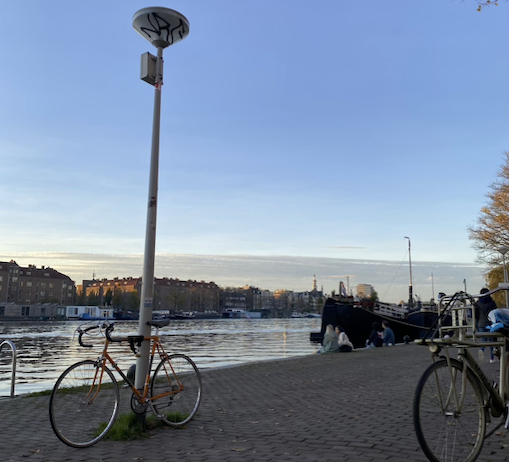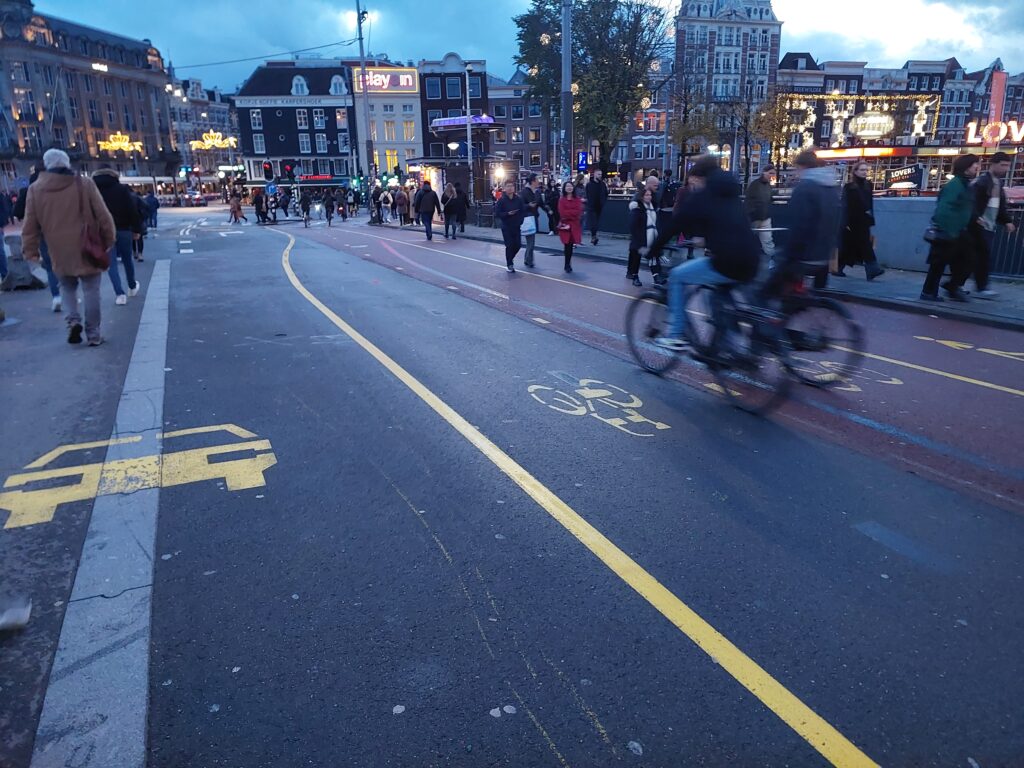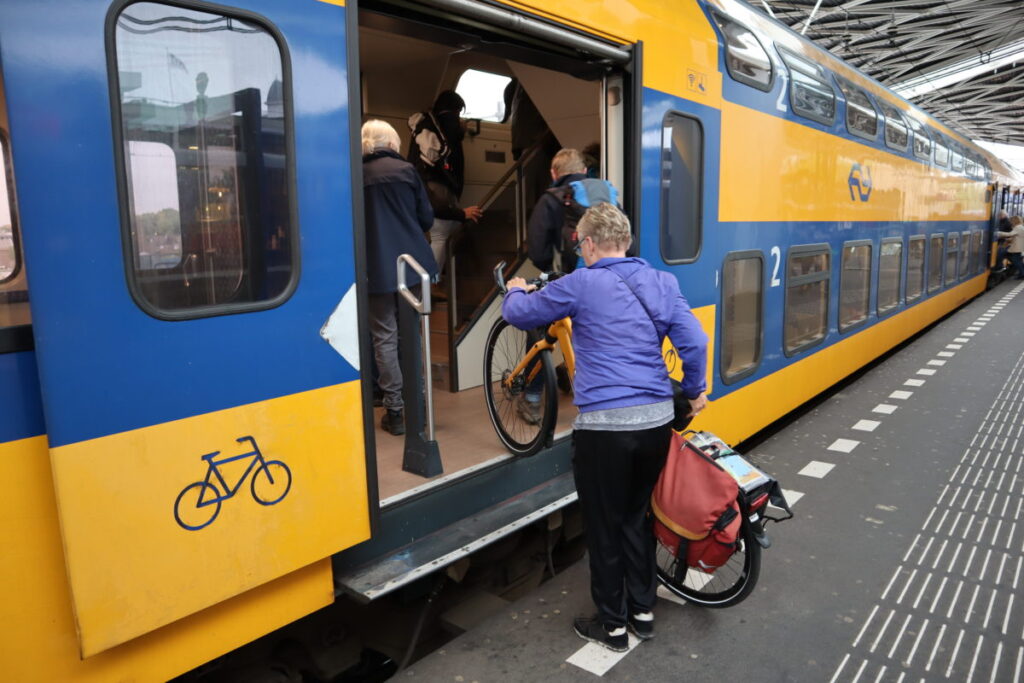(2001) Bickerstaff K. and Walker M.
Written by Anna Lefrançois | LinkedIn
Ever since the 1970s, many central governments have embraced public participation via new legislation. Bickerstaff and Walker take a critical yet constructive approach to local participatory governance. They reflect on how these processes can contribute to more democratic and inclusive policymaking, yet still face institutional barriers. They contend that by embedding participation in national guidelines that lower authorities need to comply with, public participation runs the risk of being instrumentalized. Adequate financial support does not necessarily accompany the new demands of central governments, which can result in public consultations becoming “mere tokenism (p. 441).
The paper also references the public choice theory of Rydin and Pennington (2000) and its contribution to the debate surrounding low participation and diversity of participants in civic consultations. This theory assumes that citizens are rational beings and will only engage in consultation processes “if the personal costs of participating outweigh the benefits” (p. 434). This desire to maximize their special interests would explain why most citizens, unsure about their gains in these time-consuming consultations, are disengaged from public life.
This article goes further than simply stating the benefits and fallacies of public consultation. It engages in broader debates about what creates a human rationale and disillusionment in the democratic processes. It is an interesting read for anybody frustrated with the lack of democratic consultation in urban planning, be it transport planners, urbanism students, or local governments.
References
Bickerstaff, K. and Walker G. (2001) “Participatory local governance and transport planning”, Environment and Planning, vol. 33, pp. 431-451. DOI:10.1068/a33173
Rydin Y. and Pennington M. (2010) “Public participation and local environmental planning: the collective action problem and the potential of social capital” Local Environment, vol. 5 pp. 153-169. DOI:10.1080/13549830050009328
Read more
How can mobility studies engage with political theories of social justice to produce fair policies?
Does More Cycling Mean More Diversity in Cycling?



